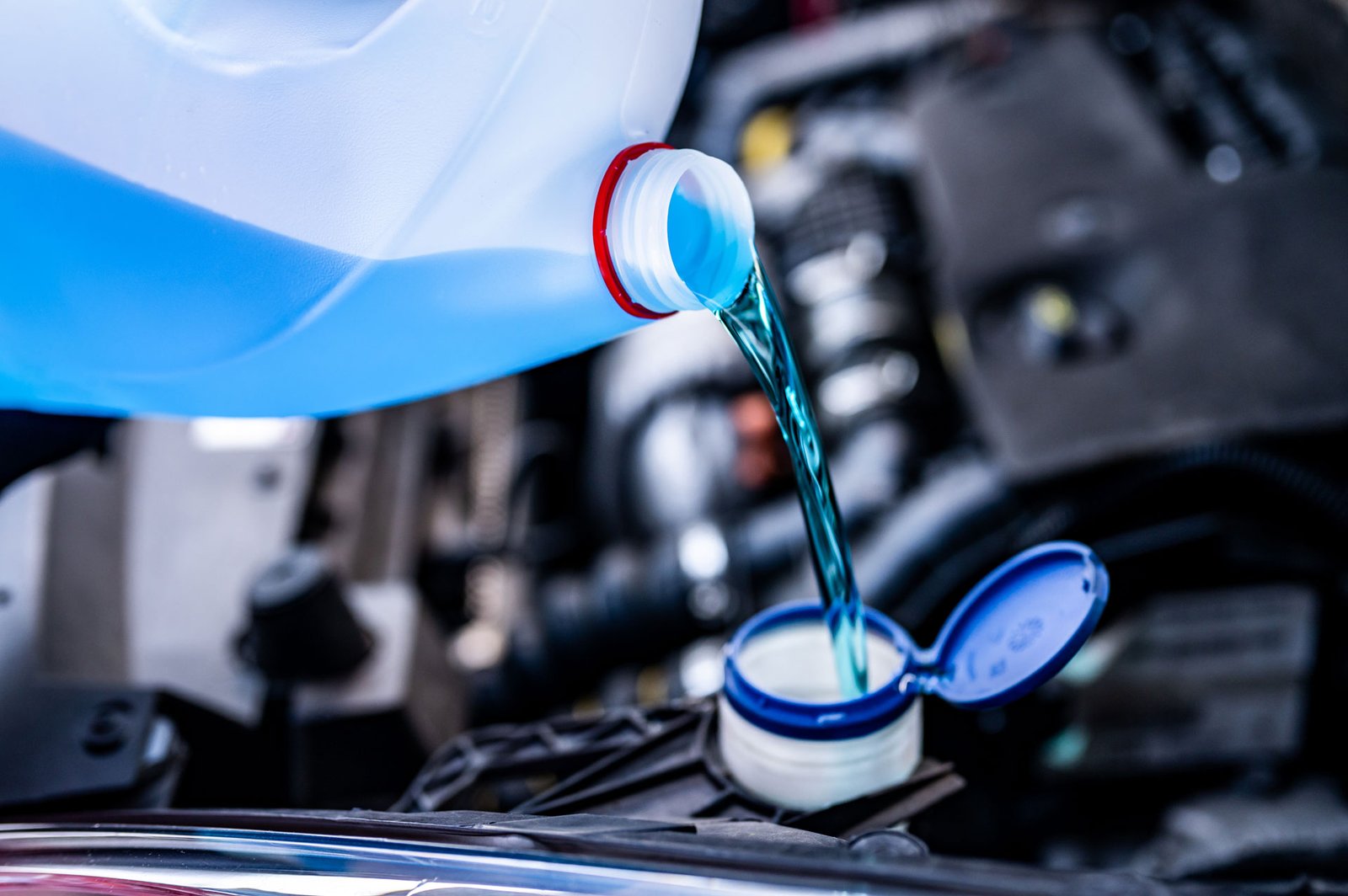
Used during drilling operations to enhance mud performance and protect equipment.
Associated materials:
Bentonite
Barite (BaSO₄)
PAC (Polyanionic Cellulose)
PHPA (Partially Hydrolyzed Polyacrylamide)
Sodium carbonate
Sodium silicate
Biocides
Lubricants
Thinners
Viscosifiers
Lost circulation materials (LCMs)
Used during drilling operations to enhance mud performance and protect equipment.
Associated materials:
Bentonite
Barite (BaSO₄)
PAC (Polyanionic Cellulose)
PHPA (Partially Hydrolyzed Polyacrylamide)
Sodium carbonate
Sodium silicate
Biocides
Lubricants
Thinners
Viscosifiers
Lost circulation materials (LCMs)
Used to protect pipelines and storage tanks from corrosion and deposits.
Associated materials:
Drag reducing agents (DRA)
Biocides
Oxygen scavengers
Antifoulants
Corrosion inhibitors
Pour point depressants
Pipeline cleaners
Wax inhibitors
Applied in distillation and chemical processing within refineries.
Associated materials:
Catalysts (FCC, Hydrocracking, Hydrotreating)
Neutralizing agents
Anti-oxidants
Solvents
Desalting agents
Anti-fouling agents
Hydrogen donors
Amine solutions (for gas sweetening)
Used to increase oil recovery from reservoirs after the primary phase.
Associated materials:
Surfactants
Polymers (e.g., Polyacrylamide)
Alkaline agents (e.g., Sodium hydroxide)
CO₂ and Nitrogen gases
Microbial agents
Foam-forming agents
Chelating agents
Used to improve well productivity through processes such as hydraulic fracturing.
Associated materials:
Hydrochloric acid (HCl)
Friction reducers
Gelling agents
Breakers
Crosslinkers
Proppants (e.g., sand, ceramic beads)
Biocides
Iron control agents
Clay stabilizers
Types:
Hydrocarbon solvents: Hexane, Toluene, Xylene, Benzene
Alcohols: Methanol, Ethanol, Isopropanol
Ketones: Acetone, Methyl ethyl ketone (MEK)
Esters: Ethyl acetate, Butyl acetate
Ethers: Diethyl ether, Tetrahydrofuran (THF)
Chlorinated solvents: Dichloromethane (DCM), Trichloroethylene (TCE), Carbon tetrachloride
Do not contain carbon; used in specific applications such as chemical analysis.
Types:
Water (H₂O) – the universal solvent
Liquid ammonia (NH₃)
Sulfur dioxide (SO₂)
Hydrogen fluoride (HF) – in advanced chemical industries
Dissolve polar compounds such as salts and acids.
Types:
Water
Methanol
Ethanol
Acetone
Dimethyl sulfoxide (DMSO)
Acetonitrile
Dissolve non-polar compounds such as oils and fats.
Types:
Hexane
Benzene
Toluene
Diethyl ether
Carbon tetrachloride
Used in cleaning, painting, degreasing, and chemical industries.
Types:
White spirit
Turpentine
Naphtha
Methylene chloride
Isopropanol
MEK (Methyl ethyl ketone)
Environmentally friendly, often biodegradable.
Types:
Supercritical CO₂
Ethyl lactate
Ionic liquids
Water (in some applications)
Bio-based alcohols (e.g., bio-ethanol)
Used to separate specific compounds from mixtures using suitable solvents.
Associated materials:
Solvents: Hexane (oil extraction), Ethyl acetate, Diethyl ether, Chloroform
Chelating agents: EDTA (metal separation), DTPA
Used to separate solids from liquids.
Associated materials:
Coagulants: Alum (Aluminum sulfate), Ferric chloride
Flocculants: Polyacrylamide, Starch derivatives
pH Adjusters: Lime (Ca(OH)₂), Sodium hydroxide
Used to separate substances by boiling or evaporation.
Associated materials:
Anti-foaming agents: Silicone oils, Dimethylpolysiloxane
Boiling point modifiers: Salt additives (e.g., NaCl to raise water’s boiling point)
Entrainers (distillation aids): Benzene (for ethanol-water separation)
Used to separate and analyze fine compounds.
Associated materials:
Mobile phase solvents: Methanol, Acetonitrile, Water
Stationary phases: Silica gel, Alumina
Buffers: Phosphate buffer, Tris buffer
Used to enhance membrane performance or for cleaning.
Associated materials:
Cleaning agents: Citric acid, Sodium hypochlorite
Anti-scaling agents: Polyphosphates, EDTA
Surfactants: SDS (Sodium dodecyl sulfate), Tween 20
Used to remove ions or molecules from solutions.
Associated materials:
Adsorbents: Activated carbon, Zeolites, Silica
Ion exchange resins: Cationic resins, Anionic resins
Regenerants: Sodium chloride, Hydrochloric acid